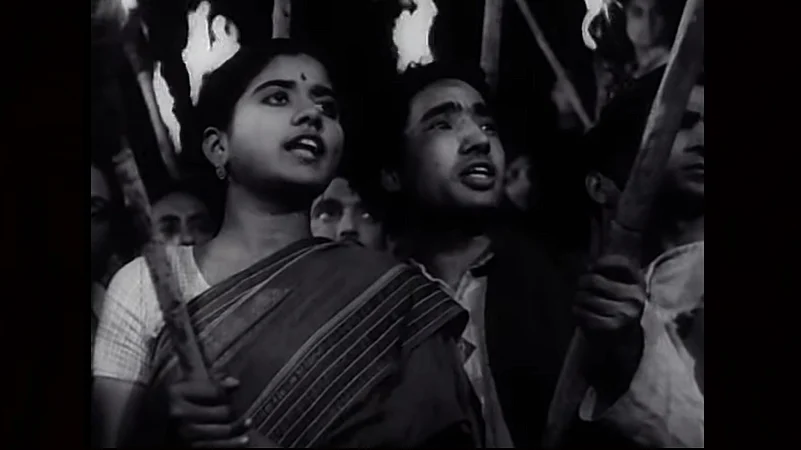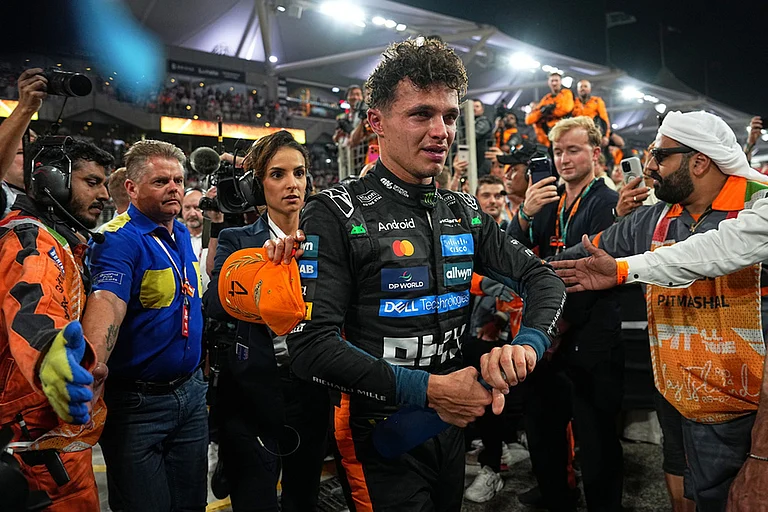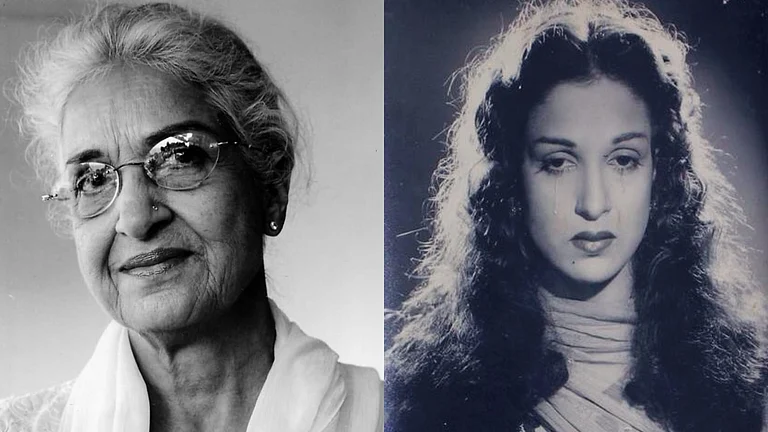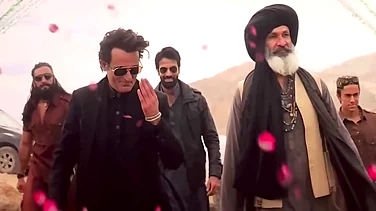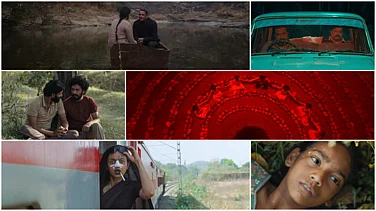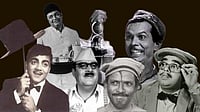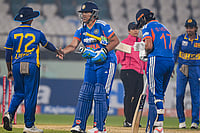The year was 1946—a historic year for cinema, both at home and beyond. While the Cannes film festival, which would come to witness numerous historic moments of global filmmaking, came into being in France, a film that would be equally defining in terms of its craft was made in India. Neecha Nagar went on to win the Grand Prix (now called Palme d’Or) at the first ever Cannes and is the only film to have won this highest honour till date. It was director Chetan Anand’s first film. Neecha Nagar shared the Grand Prix with ten films from other countries, including The Lost Weekend, by Billy Wilder, Leopold Lindtberg’s The Last Chance and Rome, Open City, Rossellini’s powerful anti-Fascist masterpiece.
The opening credits of Neecha Nagar state, “When this film was sent to Cannes, there was one song less and no dances.” The credits also include a few names who later went on to become significantly well known—music director Pt Ravi Shankar, Zohra Segal (who played a cameo and also choreographed the Uday Shankar-inspired opening dance sequence) and of course, the newly christened Kamini Kaushal (born Uma Kashyap, now 98). His wife Uma Anand also starred in the film, causing him to rename the other Uma to avoid confusion.

A richly layered allegory, co-written by Khwaja Ahmad Abbas and Hayatullah Ansari—whose idea it was to adapt Maxim Gorky’s The Lower Depths (1902)—Neecha Nagar depicted the social and economic disparities of Indian society during that era. It showed how a group of individuals living in slums “Neecha Nagar”, or lowly land/city, suffer a steady, scheming exploitation at the hands of the elite, who tellingly live in “Ooncha Nagar”.
Quite clearly, the film is a metaphor for British rule in India. The cigar-laden, avaricious capitalist in sharp suits is called “Sarkar”, played brilliantly by Rafi Peer, who moved on to Lahore post partition to set up a theatre company. One of Sarkar’s first ploys is diverting a naala (stream) into the low lying Neecha Nagar with the intention to evacuate its residents, so that he can start a construction project. The dirty naala becomes a clear nahar (stream) in Sarkarspeak. He clarifies to an aggrieved yet disunited group of villagers that his plan to divert the nahar is intended to prevent the growth of a swamp which might affect the health of the city.

He even creates a post to look after cleaning the so-called nahar. The scenario is eerily similar to the British rule, creating several famine commissions in pre-independence India.
The villagers rise up against Sarkar, led by Balraj, (played by a rather wooden Rafique Anwar) and his sister Rupa, who is a nurse (the restrained Kamini Kaushal). Eventually, when the situation worsens and disease and drought start taking their toll, Sarkar offers to build a hospital, and the villagers refuse it in a noble act of sacrifice as they stand their ground. Soon, Maya, Sarkar’s daughter—who has a soft spot for Balraj—also joins the villagers in their rebellion.

Slow by today’s standards, yet so relevant in its story-telling, the treatment of the film is strikingly modern and it appears way ahead of its time, with women being an equal part of the revolt. There is some powerful play of light and great cinematic images, especially in the outdoor shots of the flood of water and its mix with the soil. Goosebump-inducing moments—like when dozens of torch-carrying protestors are shown to form a rough map of India, or close-up shots of Sarkar’s angry face dissolving into the shots of the dirty naala flowing into Neecha Nagar—inundate the breadth of the film.
Despite its Cannes glory, Neecha Nagar found no takers in India until Pandit Nehru called for its screening. It was only then that it found a small release in a theatre in Bombay, as distributors did not see commercial merit in a film lacking song, dance and romance. His next two films—Aandhiyan (1952) and Afsar (1950)—were also commercial failures and he finally tasted success with Taxi Driver in 1954.

Born in 1915, Chetan Anand belonged to the black and white generation of movie-makers. After working for the British Broadcasting Corporation in the United Kingdom, and teaching at Doon School in Dehradun, he moved to Mumbai in the 1940s, with a script for a biographical movie on emperor Ashoka. While the film didn’t take off, Anand got involved with the Indian People’s Theatre Association, before making his feature debut with Neecha Nagar in 1946.
The less flamboyant of the Anands (he was the oldest brother to Dev Anand and Vijay Anand), Chetan Anand made many landmark films that tackled a variety of subjects, including the war film Haqeeqat (1964), Heer Ranjha (1970), a tragic love story based on Punjab folklore written entirely in verse, Hanste Zakhm (1973) and Kudrat (1981). However, as lyricist/writer and director Amit Khanna once remarked, he continues to remain one of India’s most underrated filmmakers.

In her book Chetan Anand: The Poetics of Film (2007), Uma Anand mentions an interesting aside about her husband: When the Anands were despairing about their film not finding distributors, they received a letter from Calcutta, in which the writer mentioned that he was inspired by Neecha Nagar to continue striving to make his own film. The letter was signed Satyajit Ray. His film, Pather Panchali was released in 1955 went on to win a lesser award at Cannes.
The story of Neecha Nagar has withstood the test of time—the rich are still trying to usurp what they can from the poor, especially land and resources. Seen today, the film is a blatant jab at the British or the ‘system’ and it is actually quite surprising that the makers got away with what they did.
Neecha Nagar could well have been our Citizen Kane (1941), but is instead, a forgotten masterpiece, hardly known outside of academic circles. It sadly remains little more than a filmi-quiz question in the land of its origin. But watching it did remind me of my privilege.







